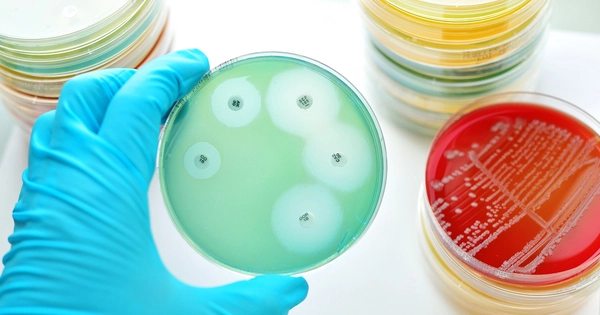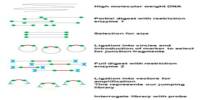Antimicrobial resistance (AMR) is the ability of microorganisms such as bacteria, viruses, fungi, and parasites to resist the effects of antimicrobial drugs. It happens when microbes develop mechanisms to protect themselves from the effects of antimicrobials (drugs used to treat infections). This resistance renders standard infection treatments ineffective, resulting in persistent and potentially severe illnesses. All classes of microbes can develop resistance to drugs, rendering them ineffective.
Antimicrobial drugs include antibiotics, which are used to treat bacterial infections, as well as antiviral, antifungal, and antiparasitic medications. Fungi evolve antifungal resistance, viruses evolve antiviral resistance, protozoa evolve antiprotozoal resistance, and bacteria evolve antibiotic resistance. All of these are categorized as antimicrobial resistance.
Multidrug resistant (MDR) microbes are those that are resistant to multiple antimicrobials and are sometimes referred to as superbugs. Although antimicrobial resistance is a natural process, it is frequently the result of improper drug use and infection management.
Causes of Antimicrobial Resistance:
- Overuse and Misuse: The inappropriate use of antimicrobial drugs in humans, animals, and agriculture can contribute to the development of resistance.
- Incomplete Treatment: Not completing a prescribed course of antibiotics can leave some bacteria alive, allowing them to develop resistance.
- Suboptimal Dosages: Using low doses of antibiotics can encourage the development of resistance.
Consequences:
- Treatment Failures: Common infections may become difficult or impossible to treat, leading to prolonged illness and increased risk of death.
- Increased Healthcare Costs: Resistant infections often require more extended hospital stays, more expensive medications, and additional healthcare resources.
- Spread of Infections: Resistant microbes can spread within communities and across borders, making it challenging to control outbreaks.
Prevention and Control:
- Rational use of antimicrobials in humans and animals.
- Improved hygiene and infection prevention measures.
- Development of new antimicrobial drugs.
- Surveillance and monitoring of resistance patterns.
















